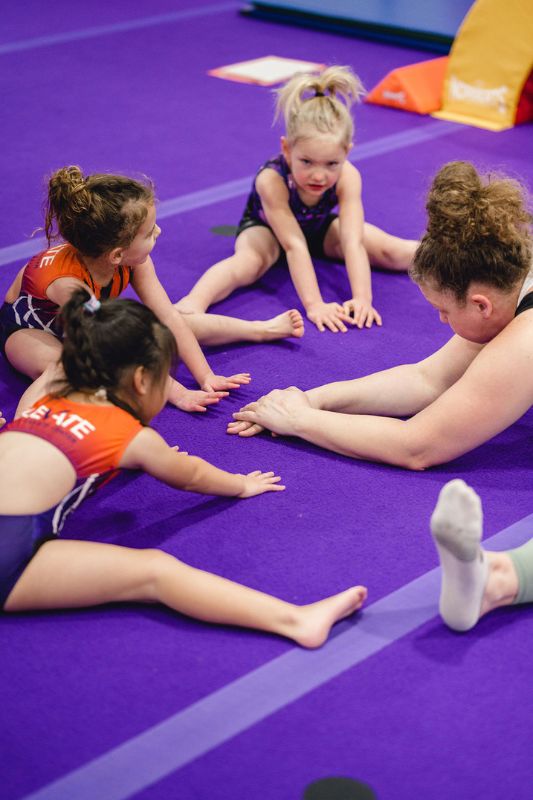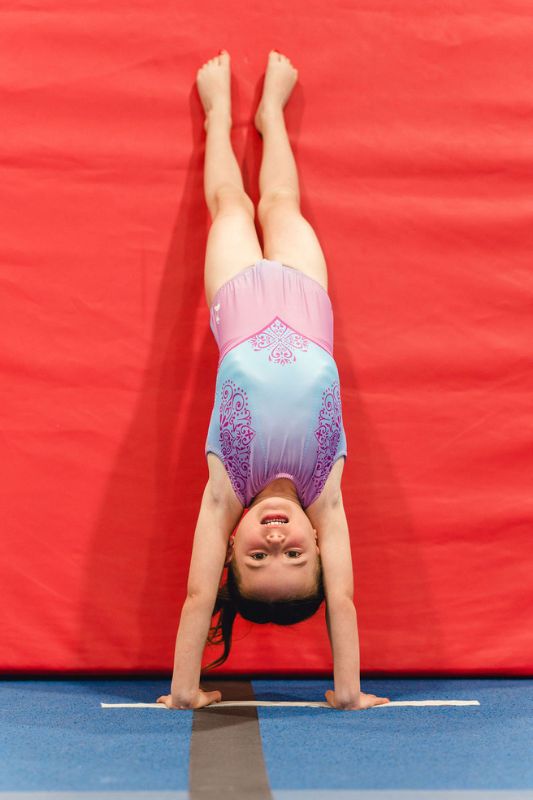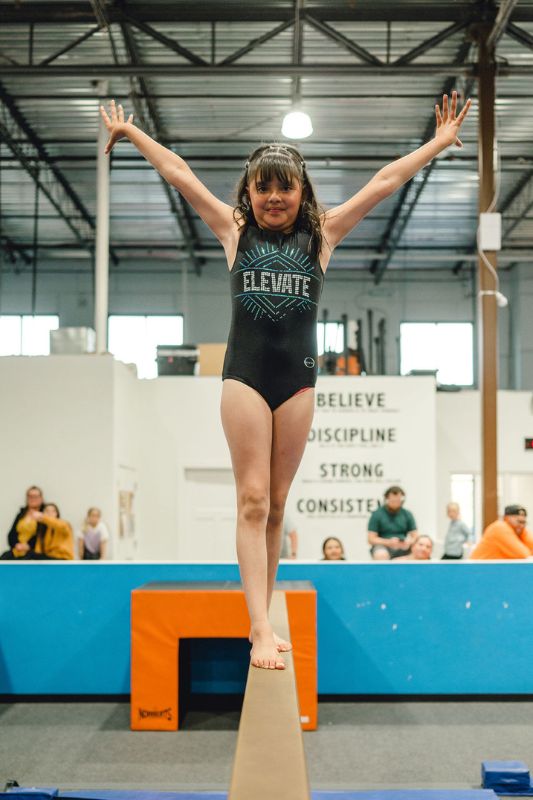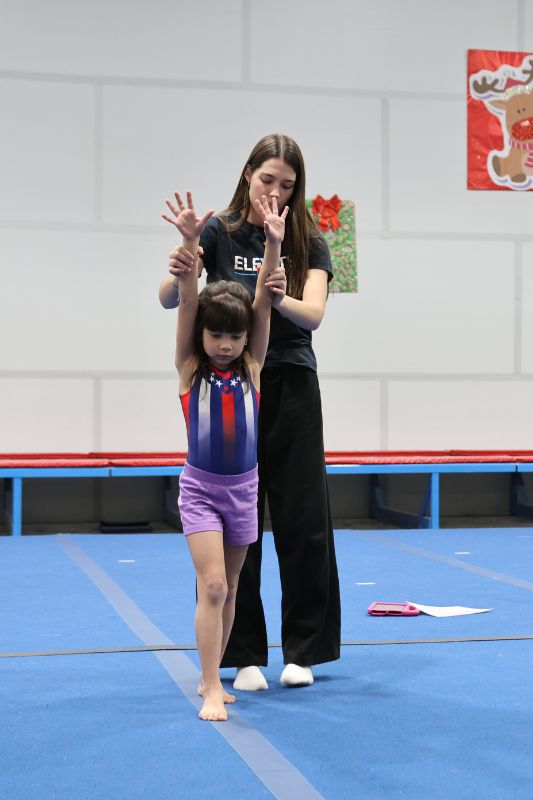Gymnastics is one of the oldest and most captivating sports in the world, blending strength, flexibility, and artistry. Over thousands of years, it has evolved from an early training method used by ancient civilizations into a competitive sport practiced by millions worldwide.
The history of gymnastics dates back to Ancient Greece, where it was used to prepare warriors for battle. Over time, gymnastics transformed into an organized sport, with major milestones including the development of modern apparatuses, the introduction of Olympic gymnastics, and the emergence of legendary athletes.
In this guide, we’ll explore the evolution of gymnastics, tracing its journey from its earliest roots to the dynamic, high-energy sport we see today. Whether you’re a gymnastics parent, coach, or enthusiast, understanding how gymnastics has changed over the years can help you appreciate the skill and dedication it requires.
The Origins of Gymnastics in Ancient Greece
Where It All Began
Gymnastics can be traced back to Ancient Greece (around 500 BCE). The word “gymnastics” comes from the Greek word “gymnazein”, meaning “to exercise naked”, a reference to how early Greek athletes trained in the nude as part of their physical education.
Gymnastics and Greek Society
Gymnastics was a key part of Greek military training, designed to improve strength, agility, and coordination. It included a variety of physical activities, such as:
Wrestling – A test of strength and skill.
Running – Speed and endurance training.
Jumping – Developing explosive power.
Acrobatics – Early versions of tumbling and balance exercises.
Early Competitions
While gymnastics-like activities were an essential part of physical training in Ancient Greece, formal gymnastics events were not included in the ancient Olympic Games. Instead, Greek athletes trained in calisthenics, wrestling, and other physical disciplines to build strength and agility.
Key physical activities that influenced the development of gymnastics included:
- Calisthenics and tumbling – Bodyweight exercises and agility drills that resemble modern-day gymnastics conditioning.
- Wrestling and fighting – Combat sports emphasizing strength, endurance, and technique.
- Jumping and running events – Enhancing explosive power and coordination.
Though gymnastics as a competitive sport had not yet been formalized, the Greek emphasis on physical excellence, flexibility, and control laid the foundation for its evolution into an organized discipline.

Gymnastics in the 18th & 19th Century – The Birth of Modern Gymnastics
The German Influence – Friedrich Ludwig Jahn
While gymnastics had existed for centuries, it wasn’t until the early 1800s that the sport took a more structured form. Friedrich Ludwig Jahn, a German educator and physical trainer, is credited as the “Father of Modern Gymnastics.”
Jahn developed the first versions of today’s gymnastics equipment, including:
- Parallel bars
- Rings
- High bar
- Pommel horse
His goal was to promote national pride and physical fitness among German youth. Jahn’s methods quickly spread across Europe and beyond, shaping modern gymnastics.

The Spread of Gymnastics
As gymnastics grew in popularity, it became a part of military training, school programs, and athletic clubs across Europe. Countries like Sweden, France, and England introduced their own variations, incorporating elements of:
Swedish gymnastics – Focused on calisthenics and structured movement.
French gymnastics – Emphasized strength and control.
British gymnastics – Integrated military-style drills.
The First Gymnastics Clubs
By the mid-1800s, gymnastics clubs began forming, particularly in Germany and the U.S. These clubs paved the way for organized competition, eventually leading to the inclusion of gymnastics in the first modern Olympics.
Gymnastics Becomes an Olympic Sport
Gymnastics in the First Modern Olympics (1896)
Gymnastics was included in the first modern Olympic Games in Athens, Greece, in 1896. However, these early competitions were restricted to men and included:
- Vault
- Rings
- Pommel horse
- High bar
- Parallel bars
At this stage, gymnastics was still evolving, with routines focusing more on strength-based movements rather than the intricate skills seen today.
Introduction of Women’s Gymnastics (1928)
It wasn’t until the 1928 Amsterdam Olympics that women’s gymnastics was introduced. The first women’s gymnastics events in 1928 were team-based and focused on group floor routines, with an emphasis on elegance and dance-like movements rather than individual all-around performances. Unlike today, routines were less focused on power and difficulty.

Evolution of Scoring & Competition Rules
As gymnastics evolved, its scoring and competition structure became more standardized to ensure fairness and consistency:
- Scoring systems transformed – Early gymnastics competitions had subjective judging, but over time, structured criteria were introduced. By the mid-20th century, gymnasts were rated on execution, difficulty, and artistry to create a more objective scoring process.
- Set routines replaced improvisation – In early competitions, gymnasts had more freedom in their performances. However, standardized skills and compulsory routines were later introduced to establish clear judging criteria.
- The “Perfect 10” era and beyond – From 1976 until 2006, gymnasts were scored on a 10-point system, rewarding precision and artistry. In 2006, the Code of Points was overhauled, introducing an open-ended scoring system that separates execution (E-score) from difficulty (D-score), allowing for higher scores based on skill complexity.
- Increased difficulty and athleticism – As the sport progressed, gymnasts continuously pushed boundaries by introducing more advanced tumbling passes, intricate dismounts, and high-risk elements, making routines more dynamic and physically demanding.
These advancements paved the way for modern gymnastics, where athletes constantly refine their skills to reach new levels of excellence.
The Evolution of Modern Gymnastics
Apparatus Standardization
By the mid-20th century, gymnastics equipment underwent significant refinements to improve safety, performance, and consistency in competition. Key developments included:
- Uneven Bars – Adjustments were made to increase the distance between bars, allowing for dynamic swinging elements rather than primarily static transitions.
- Balance Beam – The balance beam, standardized at 10 cm wide, saw a shift in difficulty from simple dance movements in the early 20th century to aerial elements and flips by the 1960s-1970s.
- Vault – Originally a vaulting horse, this apparatus remained in use until 2001, when it was replaced by the safer, more ergonomic vaulting table, allowing gymnasts to perform more powerful and controlled vaults.

The Rise of Iconic Gymnasts
Several gymnasts redefined the sport and set new standards:
- Nadia Comaneci (1976 Olympics) – The first gymnast to score a perfect 10.0 at the Olympic Games, revolutionizing the sport with her flawless execution.
- Olga Korbut (1972 Olympics) – Popularized daring acrobatics and aerial skills, introducing moves like the Korbut Flip, which changed the perception of women’s gymnastics.
- Mary Lou Retton (1984 Olympics) – Became the first American woman to win the all-around Olympic gold medal, inspiring generations of U.S. gymnasts.
- Svetlana Khorkina (1990s-2000s) – Known for her innovative bar routines, she pioneered several unique elements, becoming one of the most decorated gymnasts in history.
- Kohei Uchimura (2008-2020s) – Dominated men’s gymnastics for over a decade, earning multiple world titles and two Olympic all-around gold medals with his precision and all-around excellence.
- Simone Biles (2010s-present) – The most decorated gymnast in history, known for her unmatched power, difficulty, and groundbreaking skills, including multiple moves named after her.
The Shift Toward Power & Difficulty
By the 1990s and 2000s, gymnastics routines became more explosive and acrobatic. Gymnasts introduced:
- Triple twists and double flips
- Highly technical dismounts
- Increased emphasis on strength and execution
These changes transformed gymnastics into one of the most dynamic and high-energy Olympic sports.
Gymnastics Today – A Global Phenomenon
Today, gymnastics is one of the most-watched Olympic sports, with millions of fans worldwide.
- The Code of Points scoring system continues to evolve, rewarding higher difficulty skills.
- Countries like the U.S., Russia, China, and Japan dominate international competitions.
- Recreational gymnastics has grown, with millions of children participating for fitness, fun, and skill development.
From preschool classes to elite competitions, gymnastics continues to inspire and challenge athletes of all levels.
Conclusion
Gymnastics has come a long way from ancient Greek exercises to the modern Olympic stage. Its transformation over the centuries has been remarkable, evolving from a form of military training to a highly competitive and artistic sport.
Whether it’s Olympic champions or young beginners, gymnastics remains a sport that requires dedication, strength, and passion. By understanding the history of gymnastics, we gain a deeper appreciation for the incredible athleticism and artistry it demands.
With the sport continuing to evolve, one thing is certain: gymnastics will always push the limits of human ability and inspire generations to come!
Try it FREE!
We offer one free trial class to all students who are interested in our programs. From NinjaZone to Tumbling, give one of our classes are shot. After all…. it’s FREE!
